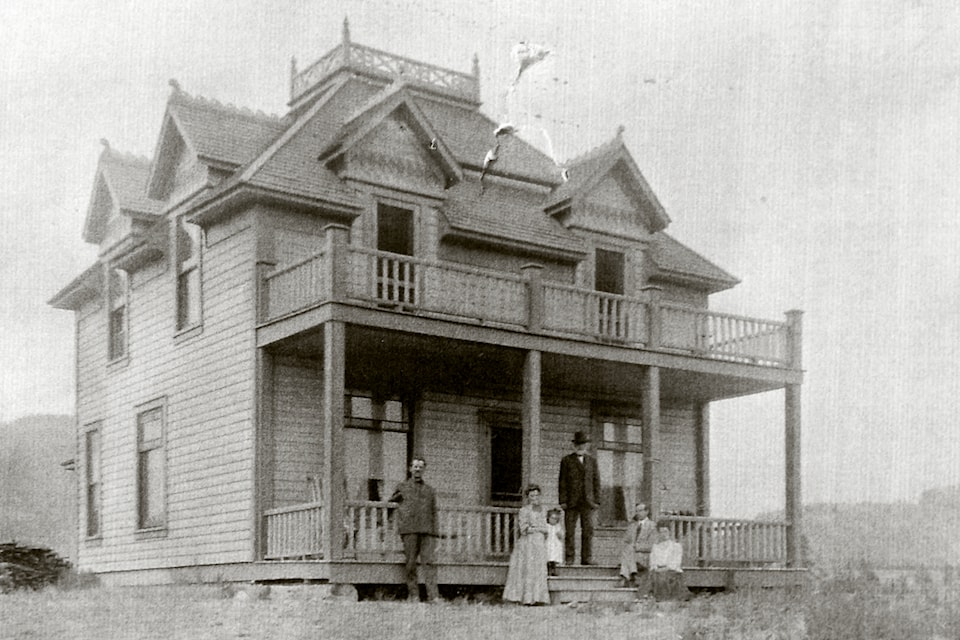A little more than a century ago, one of the most deadly viruses in recorded history took a toll on communities around the world including British Columbia.
The Spanish influenza epidemic had three distinct waves of infection.
The first wave began in the spring of 1918. This was followed by a second wave in the fall of 1918 and a third wave which began in the fall of 1919 but had its peak in the spring of 1920.
The first wave, which was also the least deadly, did not reach British Columbia.
The first official case of Spanish influenza in the province was recorded on Oct. 5, 1918 and was part of the second wave of infection.
At that time, the province recommended closing schools, churches and other social events.
���߲��о����The health authorities are seemingly taking every precaution to guard against the epidemic getting a foot-hold in this province,���߲��о���� said Dr. F.W. Andrew, Summerland���߲��о����s medical health officer at the time. ���߲��о����It would be a serious mistake to minimize the danger attending the epidemic now spreading throughout the continent.���߲��о����
The first person to die in the Southern Interior from the Spanish flu was Fred Jenkins Pardee, on Nov. 2, 1918. He lived in Mineola, near present-day Summerland and died at a lumber camp in Princeton.
Mineola was a centre of Spanish influenza at the time.
In Summerland, there were plans to battle the epidemic. Summerland���߲��о����s Hospital Society, which had earlier built hospitals, created the Influenza Emergency Hospital in early November, 1918. This facility was specifically designed to treat influenza patients.
Volunteer nursing staff at the facility included Matron Miss Gordon, Kathleen Babbit and Faith Walker.
Gordon and Babbit became ill soon after receiving patients at the facility. Gordon recovered and was able to resume nursing, but Babbit was confined to her home and did not return. Nurse Beatrice Gale took her place.
By the middle of November, there were 60 influenza cases in Summerland, with 11 requiring hospitalization. Two additional volunteer nurses joined the emergency hospital.
Andrew, with the support of Reeve Isaac Blair, closed schools, churches and the theatre. These institutions remained closed in November and December.
Then, in the first four months of 1919, Summerland had 80 cases of Spanish Influenza, with one death.
The third wave of the influenza began in the fall of 1919 and continues into the spring of 1920.
While Summerland saw fewer cases than Kelowna and Penticton, Summerland again closed schools, churches and the theatre in March and April.
During the epidemic, control measures were similar to those put in place during the COVID-19 pandemic which began in 2020.
The prevention measures included physical distancing, hygiene efforts, self-isolating for those who were ill, use of face masks and good nutrition.



